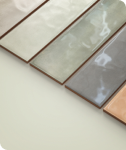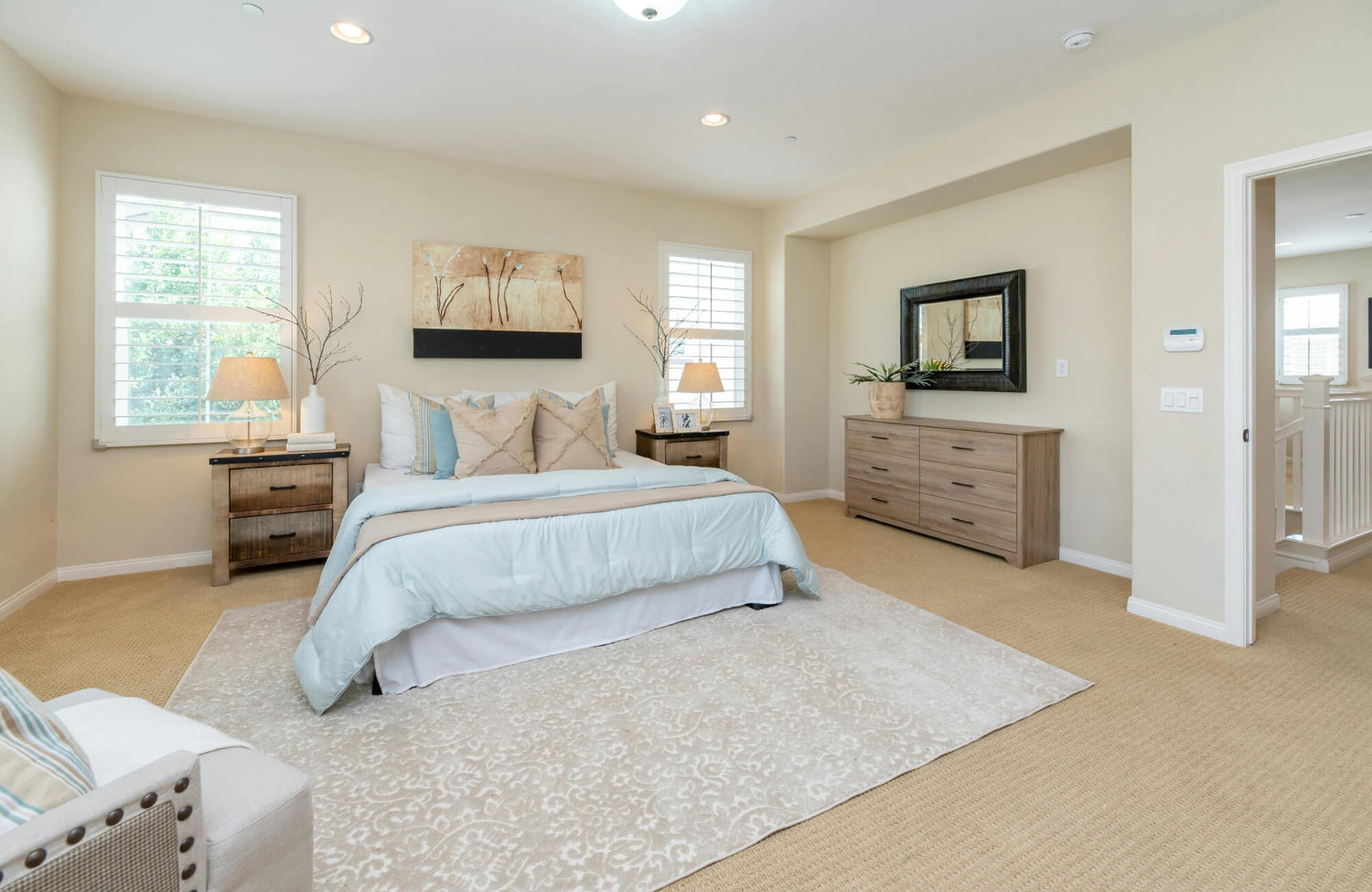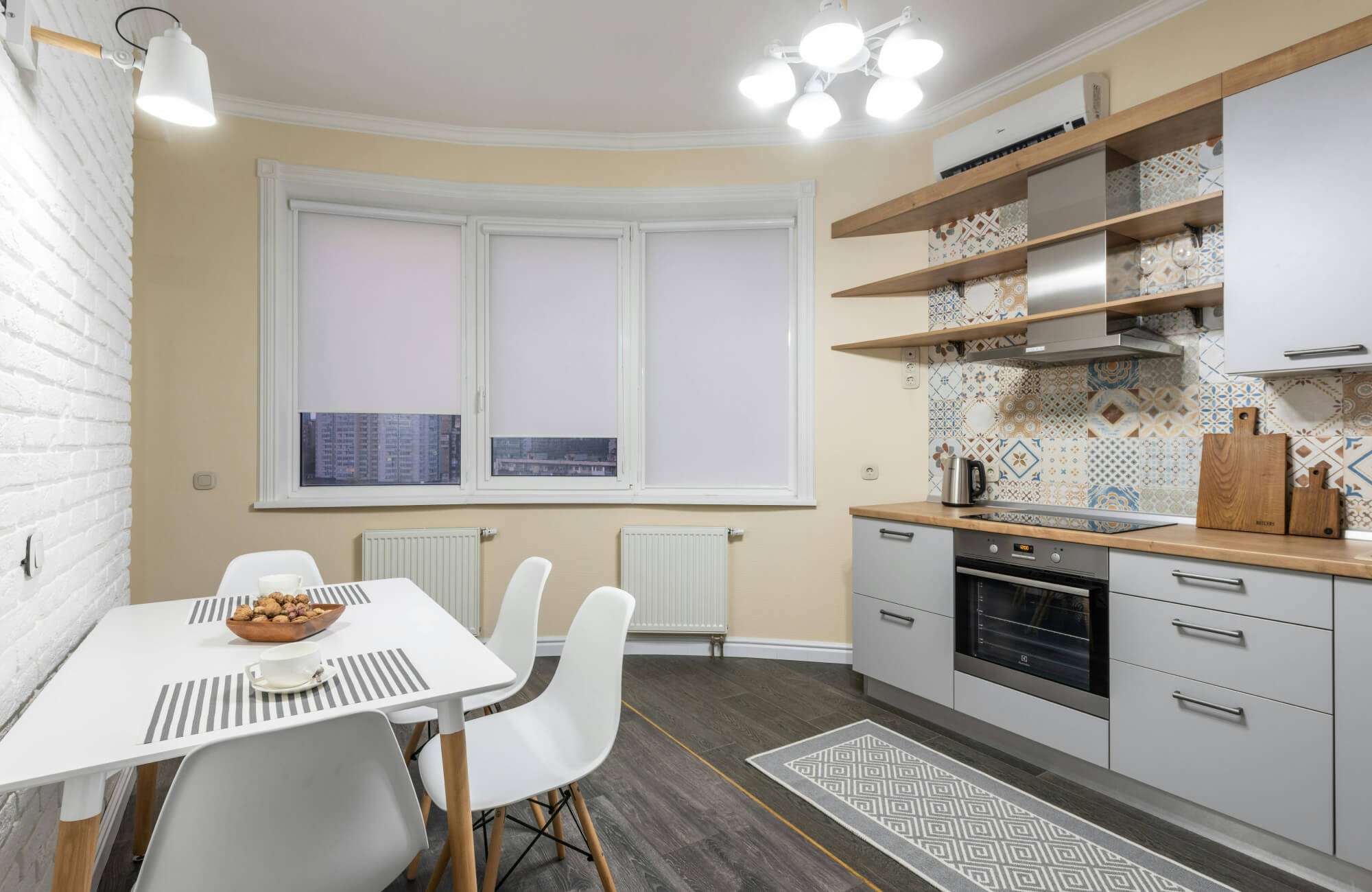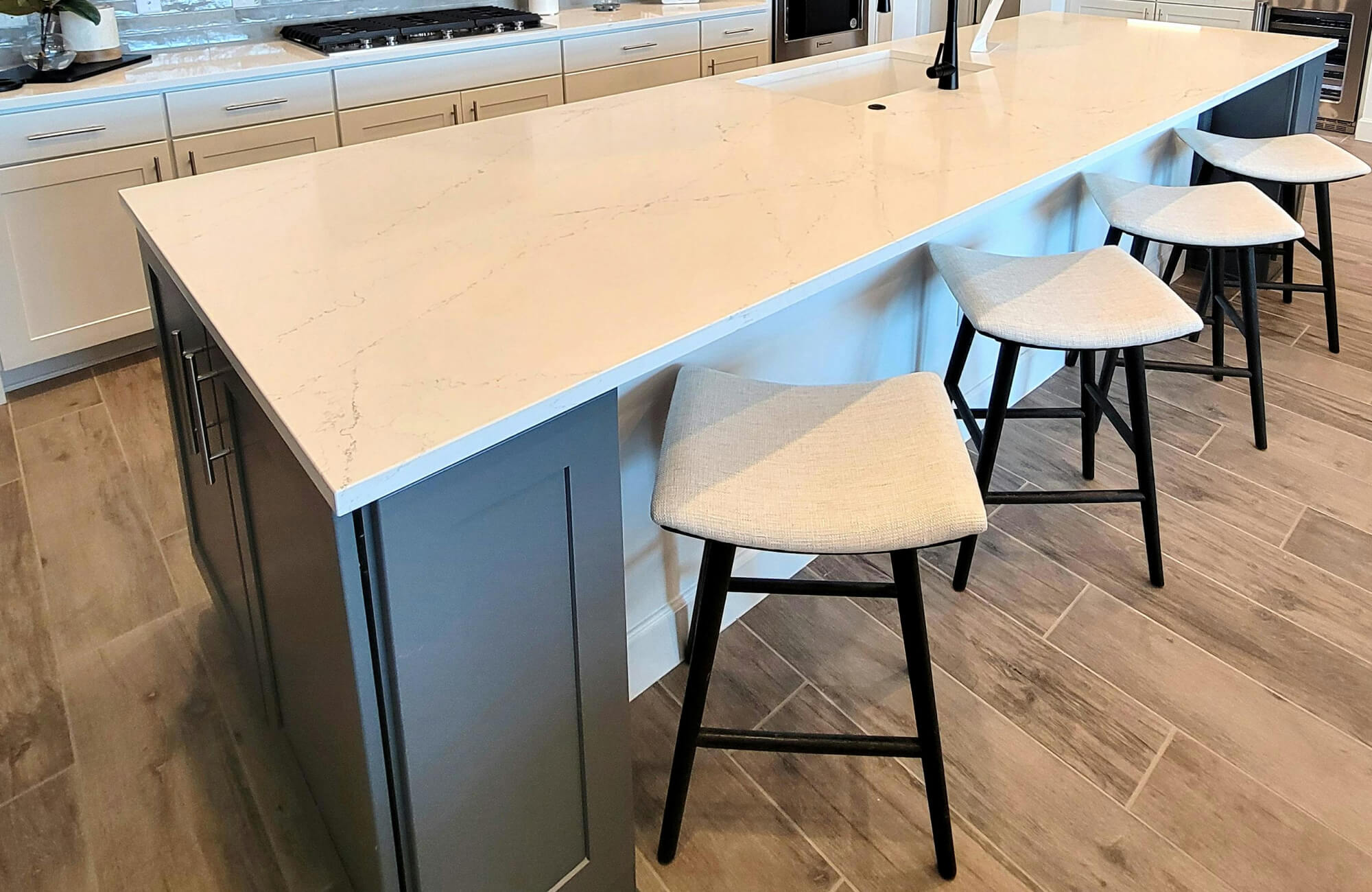The selection of bedroom flooring transcends mere aesthetics; it significantly impacts the room's comfort, acoustic properties, and even the quality of the air we breathe during our most restful hours. While options abound, from the luxurious softness of natural fibers to the hardwearing elegance, polypropylene rug has emerged as a contender, lauded for its affordability and inherent resilience. Once primarily associated with heavily used areas, its presence in residential spaces, including bedrooms, is on the rise. But does this budget-friendly and durable option truly align with our specific needs and desires for our personal sanctuaries? This article embarks on a comprehensive exploration, delving into the multifaceted characteristics of polypropylene rug. We will examine its tactile qualities, stylistic versatility, insulation capabilities, potential impact on indoor air quality and allergy concerns, and long-term maintenance needs.
Understanding Polypropylene Rug
Polypropylene rug is made from synthetic fibers known as thermoplastic polymers. These materials can be repeatedly softened by heating and hardened by cooling, which is central to their manufacturing process. To create the rug, polypropylene chips are melted and extruded through spinnerets, forming continuous strands. One of the most notable characteristics of polypropylene is its hydrophobic nature, which repels water rather than absorbing it. This moisture resistance also helps prevent the growth of mold and mildew, a feature that enhances its appeal for residential use, especially in environments where dampness might be a concern.
The rising popularity of polypropylene rug is driven by a combination of practicality and affordability. Its low cost makes it an accessible option for homeowners looking to refresh their flooring without overspending. Additionally, its excellent stain resistance is a major advantage. Because the fibers do not absorb liquids easily, spills tend to stay on the surface, allowing for quick and easy cleanup. Modern manufacturing techniques have also made it possible to produce polypropylene rugs in a wide range of colors, textures, and patterns, making it easy to match with different bedroom aesthetics. Its minimal maintenance requirements, typically just regular vacuuming and occasional spot cleaning, make it especially convenient for those with busy lifestyles. Altogether, these attributes make polypropylene rug an increasingly attractive choice for bedroom flooring.

Comfort and Aesthetic Appeal
Comfort and visual harmony are essential in crafting a restful bedroom environment. Let's explore how polypropylene rug performs in both tactile and design dimensions.
Softness and Texture Compared to Other Rugs
When considering bedroom flooring, the sensation underfoot is paramount, and polypropylene has evolved to offer a surprisingly comfortable experience. While traditionally perceived as less luxurious than natural fibers like wool or the resilient softness of nylon, advancements in fiber technology and manufacturing techniques have significantly enhanced the plushness of many polypropylene rugs. A great example is the Broderick Polypropylene Pile Rug in Natural / Bone, as shown in the photo above, which combines neutral tones with a soft, dense pile, ideal for creating a cozy and welcoming bedroom atmosphere. Modern polypropylene rug can be crafted with varying densities and pile heights, resulting in textures that range from a smooth, low-profile feel to a more substantial and inviting softness. While it might not always match the inherent springiness of high-end wool or the silky touch of some nylons, a quality polypropylene rug paired with a good underlay can provide ample barefoot comfort for a bedroom environment. The key lies in exploring different styles and focusing on those with higher pile weights and denser construction.
Colors and Textures
Gone are the days when synthetic rugs were limited in their aesthetic offerings. Polypropylene rugs are now manufactured in an extensive array of patterns, colors, and pile styles to seamlessly integrate into both modern and traditional bedroom designs. From subtle, neutral tones that provide a calming backdrop to bold, statement hues that inject personality, the color palette is virtually limitless. Furthermore, advancements in weaving and tufting techniques have resulted in a diverse range of textures, including plush Saxony for a luxurious feel, durable Berber for a more casual look, and intricate patterns that add visual interest. This wide availability ensures that homeowners can find a polypropylene rug that perfectly aligns with their individual style preferences and bedroom aesthetic.
Matching with Bedroom Decor
Integrating a new rug into an existing bedroom design requires careful consideration of furniture, bedding, and wall tones. Polypropylene's versatility makes this process easier. For a cohesive look, consider selecting a rug color that either complements or subtly contrasts with your wall color. Neutral rugs provide a versatile foundation that allows bolder furniture and bedding choices to take center stage, while patterned rugs can serve as a focal point, requiring simpler surrounding elements. When choosing a texture, consider the overall mood you want to create—a plush rug enhances a feeling of luxury, while a low-pile option offers a more streamlined and contemporary vibe.

Warmth and Acoustic Comfort
While comfort underfoot defines much of a bedroom's coziness, acoustic comfort and warmth play equally important roles in creating a restful sanctuary.
Warmth and Insulation Value
Creating a cozy and warm atmosphere is often a key objective in bedroom design, and rug plays a significant role in achieving this. Polypropylene rugs offer good thermal insulation properties, effectively trapping heat and contributing to a warmer room, especially compared to hard surface flooring like tile or wood. While wool is often lauded for its natural warmth, polypropylene's synthetic fibers, particularly those with a thicker pile, can provide comparable insulation. This ability to retain warmth can lead to energy savings and enhanced comfort during colder months, making polypropylene a practical choice for creating a snug and inviting bedroom. The density and thickness of the rug pile are the primary factors influencing its insulation value, regardless of the fiber type.
Reducing Echo and Footfall Sounds
Polypropylene rugs possess inherent sound-dampening qualities due to their fibrous structure. These fibers help to absorb sound waves rather than reflecting them, which can significantly reduce echo within a room. Furthermore, rugged floors, including those made of polypropylene, are effective in minimizing footfall noise. This is particularly beneficial in multi-story homes or apartments, where footsteps on an upper floor can be disruptive to those below. The density and pile height of the polypropylene rug play a role in its sound absorption capabilities, with thicker and denser rugs generally offering better noise reduction.
Pairing with Padding for Better Acoustics
While polypropylene rug itself offers some level of sound absorption, pairing it with a high-quality rug pad or underlay can dramatically enhance its acoustic performance. The padding acts as an additional layer of insulation, further muffling impact sounds and reducing sound transmission between floors. Choosing a thicker and denser padding material will generally result in superior noise dampening. This combination of polypropylene rug and appropriate padding can create a significantly quieter and more serene bedroom environment, promoting better sleep and overall well-being.

Allergy and Air Quality Considerations
Choosing the right rug can directly impact bedroom air quality, and polypropylene's moisture resistance and smooth fibers make it a favorable option for minimizing allergens.
Is It Hypoallergenic Enough?
Polypropylene rug boasts a significant advantage for allergy-sensitive individuals due to its inherent fiber characteristics. The smooth, non-porous nature of polypropylene fibers resists moisture absorption, which is crucial in inhibiting the growth of mold and mildew, common triggers for allergies and respiratory issues. Unlike natural fibers like wool, which can trap dust mites and potentially provide a breeding ground in humid conditions, polypropylene's synthetic composition is less hospitable to these microscopic allergens. While some individuals may have sensitivities to certain synthetic materials, polypropylene is generally considered a more hypoallergenic rug option compared to wool or jute, offering a smoother surface that's easier to keep free of dust and allergens with regular vacuuming.
VOCs and Chemical Emissions
A key concern regarding synthetic materials is the potential for Volatile Organic Compound (VOC) emissions, which can negatively impact indoor air quality. Some rugs, including certain polypropylene varieties, may release VOCs during their initial installation period. To mitigate this risk in a bedroom environment, it's crucial to look for polypropylene rugs with certifications such as OEKO-TEX Standard 100 or Green Label Plus. These certifications indicate that the product has been tested for harmful substances and meets stringent low-VOC emission standards. Choosing certified rugs can help ensure a healthier indoor air quality in your bedroom, promoting better sleep and overall well-being.

Performance and Upkeep
In addition to comfort and air quality, a bedroom rug should stand the test of time and be easy to maintain. This section explores how polypropylene performs under regular use and outlines best practices for care.
Durability in Low-Impact Spaces
It might seem counterintuitive to focus on durability for a room with relatively light use compared to hallways or living rooms. However, durability remains an important factor even in a bedroom setting. Investing in a rug that can withstand daily use, resist wear over time, and maintain its appearance contributes to its long-term value. Polypropylene rugs exhibit good resistance to wear and fading, making them a practical choice for bedrooms. Their strong synthetic fibers are less prone to crushing and matting under the weight of beds, dressers, and nightstands, helping to maintain the rug's appearance over time. Furthermore, polypropylene possesses inherent resistance to fading from sunlight exposure, a common concern in rooms with large windows. This UV resistance ensures that the rug's color remains vibrant and true, even after prolonged exposure to natural light.
How Easy Is It to Keep Clean?
One of the significant benefits of choosing polypropylene rug for a bedroom is its ease of maintenance. The inherent stain resistance, stemming from its non-absorbent fibers, makes routine cleaning straightforward. Spills tend to stay on the surface, allowing for quick and effective spot cleaning with mild detergents and a cloth. Regular vacuuming is typically sufficient to remove dust, dirt, and pet hair, preventing buildup and maintaining the rug's appearance. Unlike some natural fibers that require specialized cleaning solutions and techniques, polypropylene generally tolerates standard cleaning methods well, making it a practical choice for busy homeowners seeking low-maintenance bedroom flooring.
What to Avoid When Caring for It
While polypropylene is relatively durable and easy to clean, certain practices should be avoided to prevent damage and prolong its lifespan in a bedroom. High heat, such as from steam cleaners used improperly or direct contact with hot objects, can potentially melt or distort the synthetic fibers. Similarly, harsh chemicals or cleaning solutions with very high or low pH levels can degrade the fibers or cause discoloration. It's always best to use pH-neutral or mild cleaning products specifically recommended for synthetic rugs. Additionally, while polypropylene is stain-resistant, immediate attention to spills is crucial to prevent any potential staining, especially from oil-based substances. By avoiding these common mistakes, you can ensure the long-term beauty and cleanliness of your polypropylene bedroom rug.
Sustainability and End-of-Life Impact
As environmental awareness grows, the sustainability of flooring materials like polypropylene rug is an important consideration. While it is derived from fossil fuels, its durability and growing recyclability help offset some of its end-of-life impact.
Is It an Eco-Friendly Choice?
The environmental profile of polypropylene rug presents a mixed bag. On the other hand, its production relies on petroleum, a non-renewable resource, which carries inherent environmental costs in extraction and processing. However, polypropylene production generally consumes less energy and water compared to some other synthetic fibers like nylon. Furthermore, polypropylene is technically recyclable, and advancements in recycling technologies are gradually making rug recycling more viable. Some manufacturers are also incorporating recycled content into new polypropylene rugs, reducing the reliance on virgin resources. Ultimately, while not a completely "green" material, ongoing efforts in recycling and more efficient production methods are improving its environmental footprint compared to some alternatives.
Responsible Disposal or Repurposing
When it's time to replace a polypropylene bedroom rug, responsible disposal or repurposing can minimize its environmental impact. Instead of simply sending it to a landfill, explore options for recycling. Check with local recycling centers or rug retailers, as some may have specific programs for rug recycling. Alternatively, consider creative ways to repurpose the old rug. Smaller pieces can be used as rugs in lightly used areas, pet mats, or even for craft projects. Donating usable rug remnants to local organizations or upcycling initiatives can also give the material a second life, diverting it from landfills and contributing to a more circular economy.

8 When Polypropylene Is the Right Fit for Your Bedroom
While polypropylene rug offers numerous advantages, understanding when it truly shines in a bedroom setting is key to making the right choice. Let's explore ideal scenarios and situations where it might be a less optimal fit.
Ideal Scenarios for Use
Polypropylene rug proves to be an excellent solution in several bedroom scenarios. Its durability and stain resistance make it particularly well-suited for guest bedrooms, where spills might be less carefully monitored. Children's rooms also benefit from its easy cleanability and resilience to daily wear and tear. Basement bedrooms, often prone to moisture issues, can leverage polypropylene's mold and mildew resistance. Additionally, for short-term living spaces like rentals or starter homes, its affordability and practicality offer a cost-effective and low-maintenance flooring solution.
Situations Where It May Fall Short
Despite its many benefits, there are situations where polypropylene might not be the top choice for a bedroom. For homeowners prioritizing ultimate softness and a luxurious tactile experience, natural fibers like wool or high-end nylons might be preferred. Similarly, in bedrooms where superior sound dampening is critical, perhaps due to thin walls or noise from outside, thicker and denser rugs made from other materials, often paired with specific acoustic underlays, could offer better performance. While polypropylene has improved in terms of softness and sound absorption, those with very specific needs in these areas might explore alternative options.
Final Thoughts on Choosing Polypropylene for Bedrooms
Polypropylene rug presents a compelling combination of budget-friendliness, remarkable stain resistance, and straightforward maintenance, making it a practical choice for bedroom flooring. Its improved softness, growing design options, and reasonable thermal and acoustic properties further enhance its appeal. While it might not match the luxury feel of natural fibers or offer the highest level of soundproofing, understanding its strengths and limitations is key. With thoughtful selection, such as choosing a dense pile, pairing it with quality padding, ensuring ventilation during installation, and following proper care, polypropylene rug can serve as a durable, stylish, and comfortable foundation for your personal retreat.









